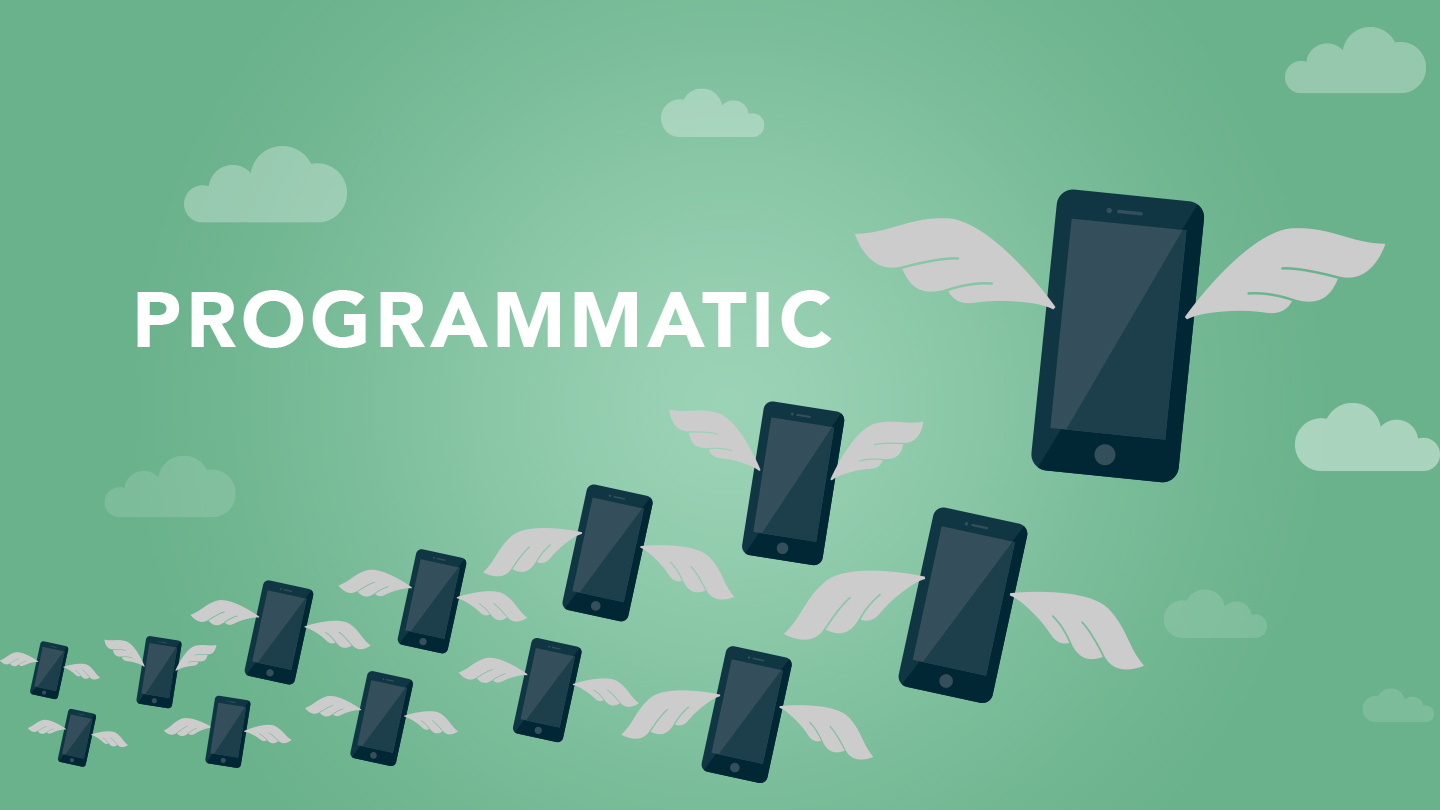Brand Advertising
Programmatic Advertising: A Success on Mobile for a Reason
Mar 24, 2017

Brand Advertising

Programmatic advertising is quite the buzzword these days, and for good reason: it’s a highly efficient way to purchase digital advertising that eliminates old-school methods like RFPs, manual insertion orders, and a lot of back and forth among people — and it delivers great ROI. But that wasn’t always the case. Around the time that programmatic first hit the scene, its focus was driving down the price of online ad inventory, and that sometimes negatively affected quality for both advertisers and publishers.
But as programmatic changed, it morphed into what, in many ways, is the preferred method for buying and selling ads, to the point where it was estimated that advertisers spent 73% of their total digital display ad budgets on programmatic. Generally speaking, that’s because programmatic ad buying is now incredibly sophisticated — it can match relevant ads with the right users so well that publishers can command relatively high prices for their inventory, and advertisers are willing to pay those prices because they reach high quality users.
On mobile, the trend is even more pronounced: According to eMarketer, “mobile will be a key driver of programmatic growth through 2018…by next year, mobile will account for about three-quarters of all programmatic ad spending, while desktop will account for just one quarter.”
While on the one hand that’s partially attributable to the re-allocation of marketing budgets from desktop to mobile in general, it’s also the case that more and more programmatic ad spend is taking place on mobile because it works better on mobile — and then, in turn, programmatic actually grows and becomes more successful because of mobile.
Think about it for a moment: mobile is a vast ecosystem with literally billions of users, devices, and apps. And while on the one hand that’s a lot more complexity and data to wrangle, the fact that it’s mobile data makes it much easier to apply an automated, “programmatic” solution.
With desktop, programmatic relies on cookie identifiers, and the data just isn’t as good as it is with mobile’s IDFAs (iOS) and Advertising IDs (Android). That’s because third-party cookies have brief life-spans (generally they stop after 30 days), whereas an IDFA or Advertising IDs can only be reset if the user decides to do so in their phone settings — and most users don’t. Moreover, unlike cookies, which only apply to individual websites, IDs on smartphones apply to all of the apps and browsers on the device, forming complete, reliable data that collectively makes programmatic advertising thrive. On mobile, automated solutions can be more nimble with targeted campaigns, resulting in better quality outcomes for advertisers and publishers. It’s really a match made in heaven: robust data about customers that can be aggregated and analyzed, paired with powerful software that is up to the task of optimizing that data to achieve strong ROI.
There are those who still resist programmatic, often because they haven’t yet taken the time to understand its nuts and bolts. Understanding the particular synergy between mobile and programmatic will, however, help you to run targeted campaigns that garner you quality new users. Programmatic advertising on mobile has taken ad tech by storm because it’s powerful and efficient, and it offers value far beyond what’s possible on desktop — and it’s only going to get better as the mechanisms that underpin it and the entire ecosystem continue to evolve.